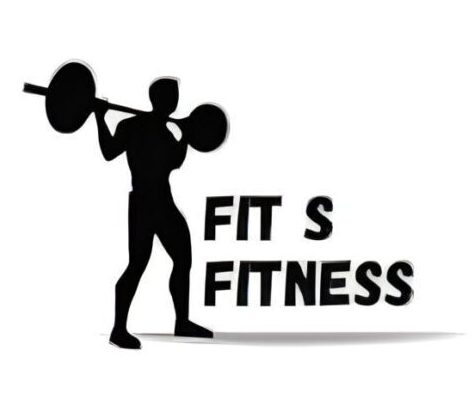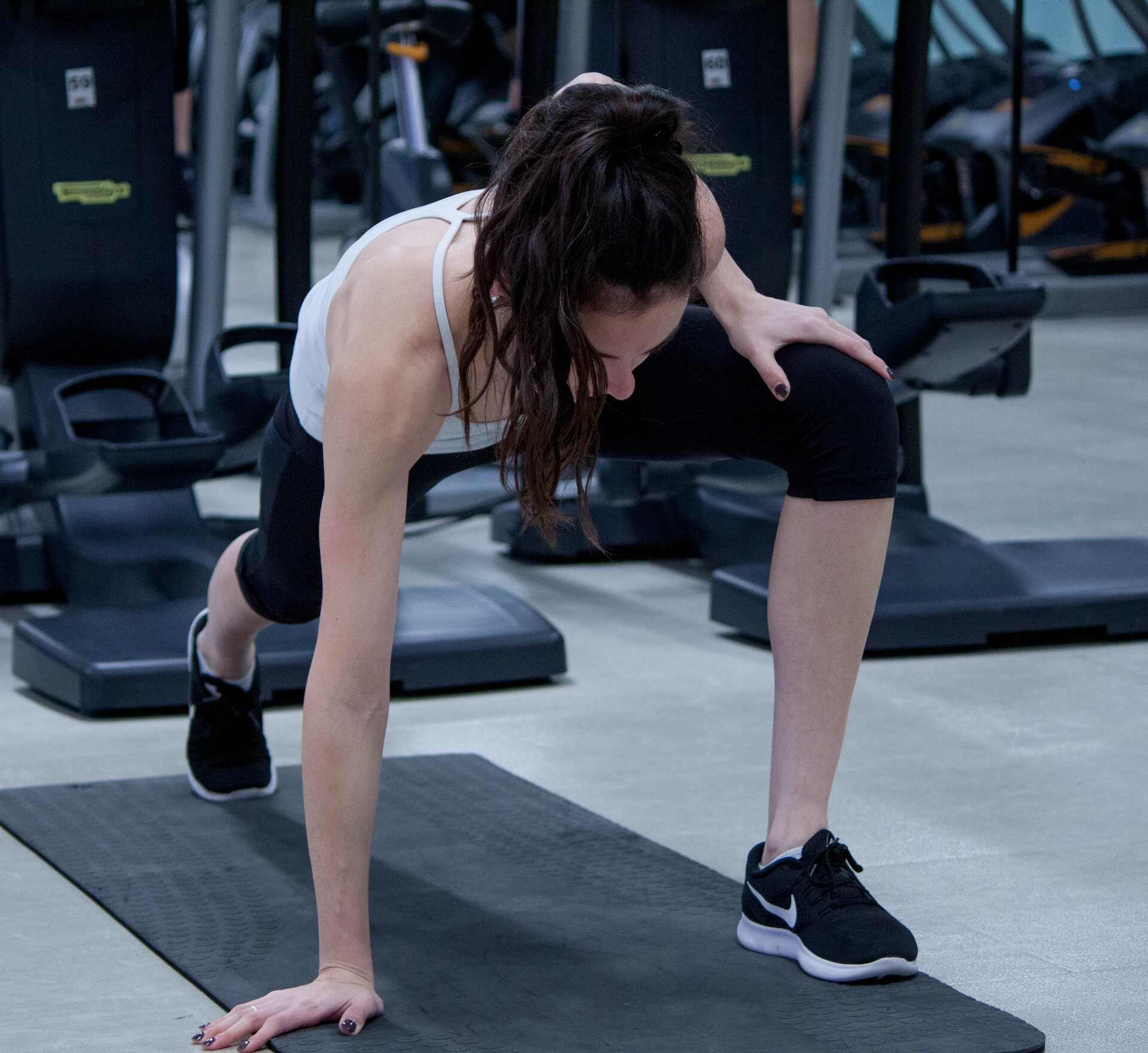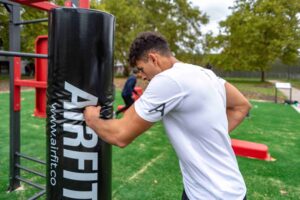Introduction
When it comes to fitness, most people tend to focus on cardiovascular endurance, strength, and agility. However, flexibility is an equally important component of overall fitness that should not be overlooked. Incorporating stretching into your routine can improve performance, prevent injuries, and promote overall well-being. In this guide, we will explore the importance of flexibility and provide you with the knowledge and techniques needed to incorporate stretching into your fitness journey.
The Importance of Flexibility for Overall Fitness
Flexibility refers to the ability of your joints and muscles to move through a full range of motion. It plays a crucial role in various physical activities, including sports, weightlifting, and everyday movements. By improving flexibility, you can enhance your athletic performance, reduce the risk of injuries, and maintain better posture and balance.
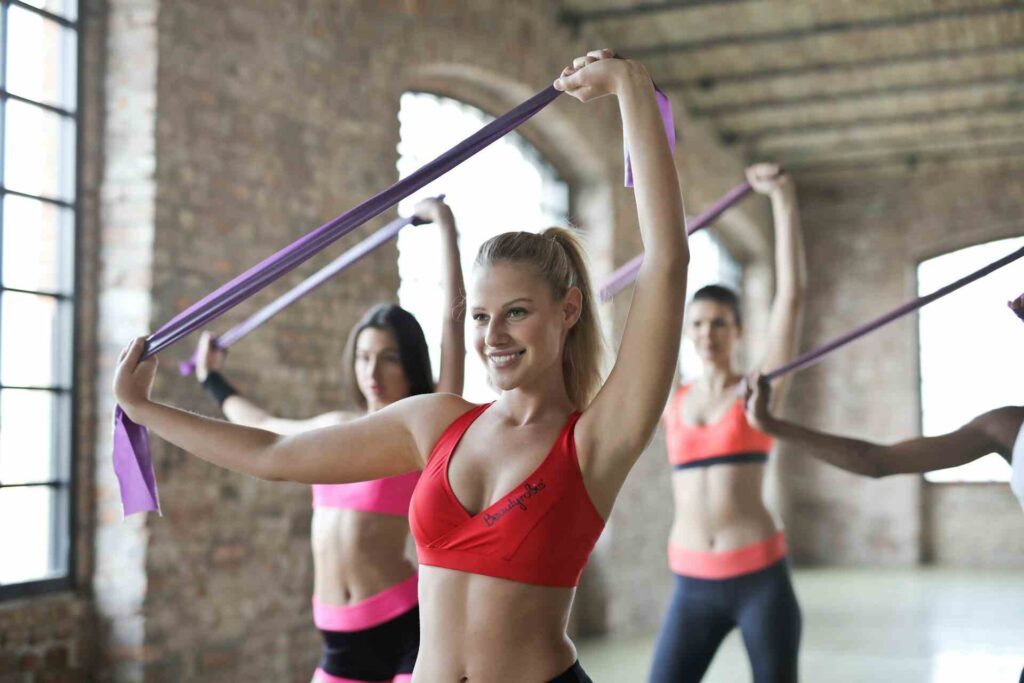
The Benefits of Stretching
Stretching provides many advantages for both physical and mental well-being. It helps increase flexibility, improve muscle coordination, and enhance athletic performance. Regular stretching can also alleviate muscle tension, reduce muscle soreness, and promote relaxation. Additionally, stretching can improve blood circulation, increase energy levels, and contribute to better overall mental well-being.
Types of Stretching
There are various stretching techniques, each serving its purpose and providing different benefits. The three main types of stretching are:
- Static Stretching: This involves holding a stretch in a stationary position for a certain amount of time, typically 15–30 seconds. Static stretching helps improve flexibility and relax muscles.
- Dynamic stretching refers to the movement of different parts of your body through a complete range of motion. It helps increase muscle temperature, blood flow, and joint mobility, making it an excellent warm-up before physical activity.
- Proprioceptive Neuromuscular Facilitation (PNF) Stretching: PNF stretching combines stretching and contracting muscles. It is often done with a partner and is highly effective in improving flexibility and increasing muscle strength.
When and How to Stretch
Stretching can be done at different times depending on your goals and the type of activity you are engaging in.
- Before Exercise: Before a workout or physical activity, it is recommended to perform dynamic stretches as part of your warm-up routine. Dynamic stretching helps prepare the muscles and joints for movement and can enhance athletic performance.
- After Exercise: After a workout, static stretching is beneficial to help cool down the body and promote muscle recovery. It helps reduce muscle soreness and stiffness.
- Standalone Stretching Sessions: It is also beneficial to dedicate specific sessions solely for stretching. These sessions can be done on rest days or when you feel the need to relax and release muscle tension.
Stretching Techniques and Tips
To make the most out of your stretching routine, keep the following techniques and tips in mind:
- Start Slowly: Start with light stretches and gradually increase the intensity and duration as you go along. Avoid pushing your body into uncomfortable positions.
- Focus on Major Muscle Groups: Pay attention to stretching major muscle groups such as the hamstrings, quadriceps, calves, hips, and shoulders. These areas tend to be tight in many individuals.
- Hold Each Stretch for 15–30 Seconds: Hold each stretch for sufficient time to allow the muscles to relax and lengthen. Aim for 15–30 seconds per stretch.
- Breathe and Relax: During each stretch, focus on deep breathing and consciously relax your muscles. This can help enhance the effectiveness of the stretch and promote relaxation.
- Avoid Bouncing: Avoid using bouncing or jerking movements during stretching, as it can lead to injury. Instead, aim for smooth and controlled movements.
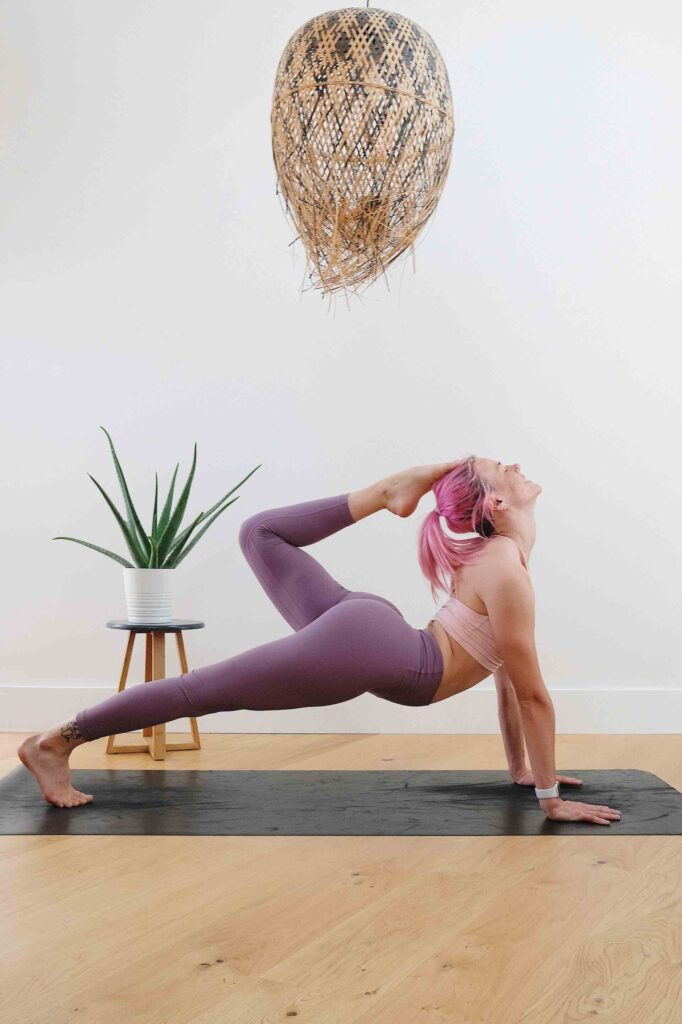
Stretching for Specific Activities
Different activities may require specific stretching techniques. Here are some examples:
- Stretching for Runners: Runners can benefit from dynamic stretches that target the lower body, such as leg swings, walking lunges, and high knees.
- Stretching for Weightlifting: Weightlifters can benefit from dynamic and static stretches that target the muscles used in weightlifting movements, such as squats, deadlifts, and overhead presses.
- Stretching for Yoga: Yoga incorporates various stretching poses that target the entire body. These poses help improve flexibility, balance, and body awareness.
Common Mistakes to Avoid
To ensure a safe and effective stretching routine, avoid the following common mistakes:
- Overstretching: Avoid pushing your body beyond its limits. Stretch to a level that feels comfortable and avoids any sharp pain or discomfort.
- Ignoring Pain or Discomfort: If you feel any pain or discomfort during a stretch, ease off or modify the position. Listen to what your body is telling you and don’t push it beyond its limits.
- Neglecting Warm-Up Exercises: Before engaging in static stretching, ensure that your muscles are warmed up. Perform dynamic stretches or light aerobic exercises to increase blood flow and muscle temperature.
- Skipping Regular Stretching Sessions: Consistency is key when it comes to stretching. Aim to incorporate stretching into your routine regularly to maintain and improve flexibility.
Incorporating Stretching into Your Routine
To make stretching a consistent part of your routine, consider the following tips:
- Set Realistic Goals: Define your stretching goals and set realistic expectations. Gradually work towards improving flexibility and achieving specific stretching milestones.
- Create a Stretching Schedule: Plan dedicated stretching sessions throughout the week. Consider adding stretching to your warm-up and cool-down routines for other physical activities.
- Make it Enjoyable: Find stretching exercises and routines that you enjoy. This will increase your motivation and make it easier to stick to your stretching routine.
- Seek Professional Guidance if Needed: If you are new to stretching or have specific concerns or limitations, consider seeking guidance from a qualified fitness professional or physical therapist. They can provide personalized recommendations and ensure you are performing stretches correctly.
Conclusion
Incorporating stretching into your fitness routine is essential for maintaining flexibility, preventing injuries, and promoting overall well-being. Whether you are an athlete, a fitness enthusiast, or simply looking to improve your range of motion, stretching should be an integral part of your routine. By understanding the benefits of stretching, selecting the right stretching techniques, and following proper form and guidelines, you can reap the rewards of improved flexibility and enhanced physical performance. Make stretching a habit and enjoy the long-term benefits it brings to your body and mind.
